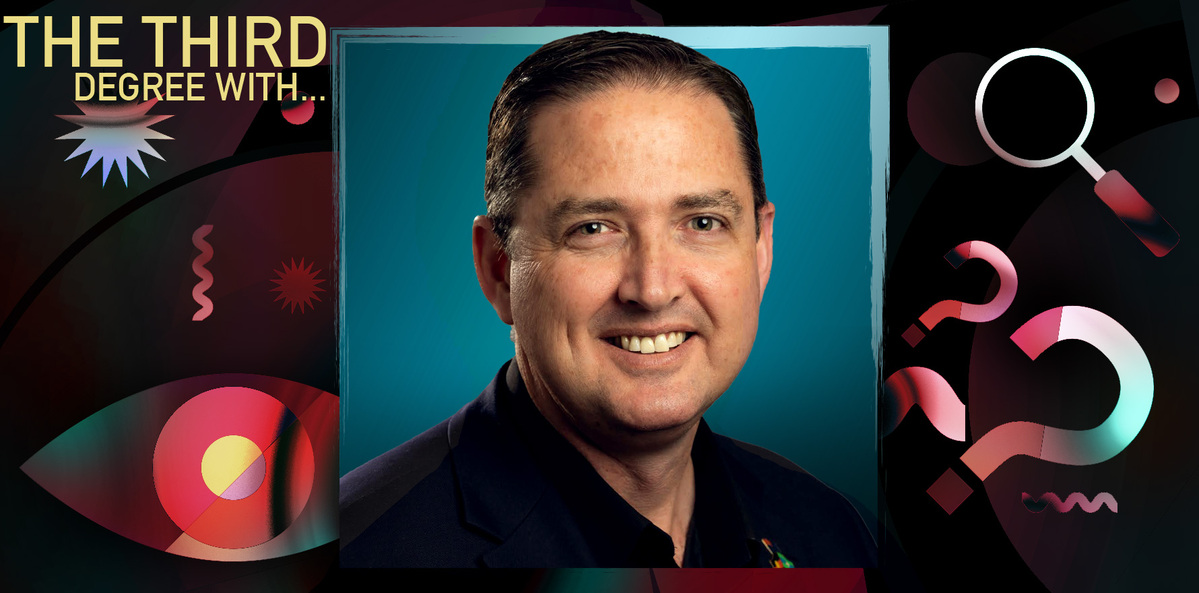National Rural Health Commissioners past and present reflected on the state of rural training at this year’s Rural Medicine Australia conference.
Making rural placements and rural careers more desirable is a key step in the journey to fixing Australia’s regional and remote healthcare crisis, according to current and former National Rural Health Commissioners.
Speaking at ACRRM and the RDAA’s combined conference Rural Medicine Australia 2024 in Darwin last week, newly minted commissioner Professor Jenny May said she often dealt with assumptions about rural practice.
“I’ve never worked metropolitan, right?” she told delegates.
“I’ve had enormous opportunity by staying rural, and that’s the opportunity that I want to keep and I have as a vision going forward.”
Professor May trained in Tamworth, spent the first part of her career working in the remote WA mining town of Tom Price, did short stints with Canadian First Nations communities in British Columbia, started with the University of Newcastle Department of Health in 2004 and was the inaugural Betty Josephine Fyffe Chair in Rural Health.
One conference delegate remarked that she had taught or mentored most of the 800-odd rural doctors in attendance in one form or another.
Professor May said her work would pick up where immediate past rural health commissioner Professor Ruth Stewart left off.
“We need to keep [working on ways] to demonstrate to trainees that if you choose rural generalism – which many of our medical students are now doing – that there is a pathway and there is an end point where they can see a job and a community where they can go to,” she said.
Rural generalism getting specialty recognition, which is on track to come through in the first half of 2025, is just part of the solution.
It provides an end point, but doesn’t necessarily shore up the whole of the training pipeline.
“We expect people to graduate and move and make decisions based on altruism and opportunity, when we know that there are remunerative forces that pull people metro,” Professor May said.
“And that’s at the same time as our postgraduate students are getting more and more into debt.”
Speaking at a later session, Professor Stewart said that the current system for internships and registrar positions was controlled more by the workforce needs of a handful of major teaching hospitals than by the actual future needs of all Australians.
“If we had a rational, workforce-oriented approach to junior doctor internship placements … up to 50% of internships would be outside of [Modified Monash Model 1 areas],” she said.
“We need to uncouple the really scary association between workforce needs of big teaching hospitals and the training pathways for Australian doctors.”
Related
Her vision for the future of rural training is inspired by a story from her husband.
“When he was growing up, his dad used to demand that he got two crusts from everybody’s piece of toast,” Professor Stewart said.
“So in their family, they fought over the crusts.
“Just think about that – by making it seem like it’s something that the top dog wants, everybody wants it.
“We undersell rural places.
“We know that the educational experience afforded by rural clinical schools is superior to the experience in a large teaching hospital.”
Ideally, she told delegates, rural placements should be a reward offered only to students who are good enough to get in.
“People often get stuck on money,” said Professor Stewart.
“No, no – prestige has far more impact than money.”
Rural Medicine Australia 2024 was held at Darwin Convention Centre between 23-26 October.





